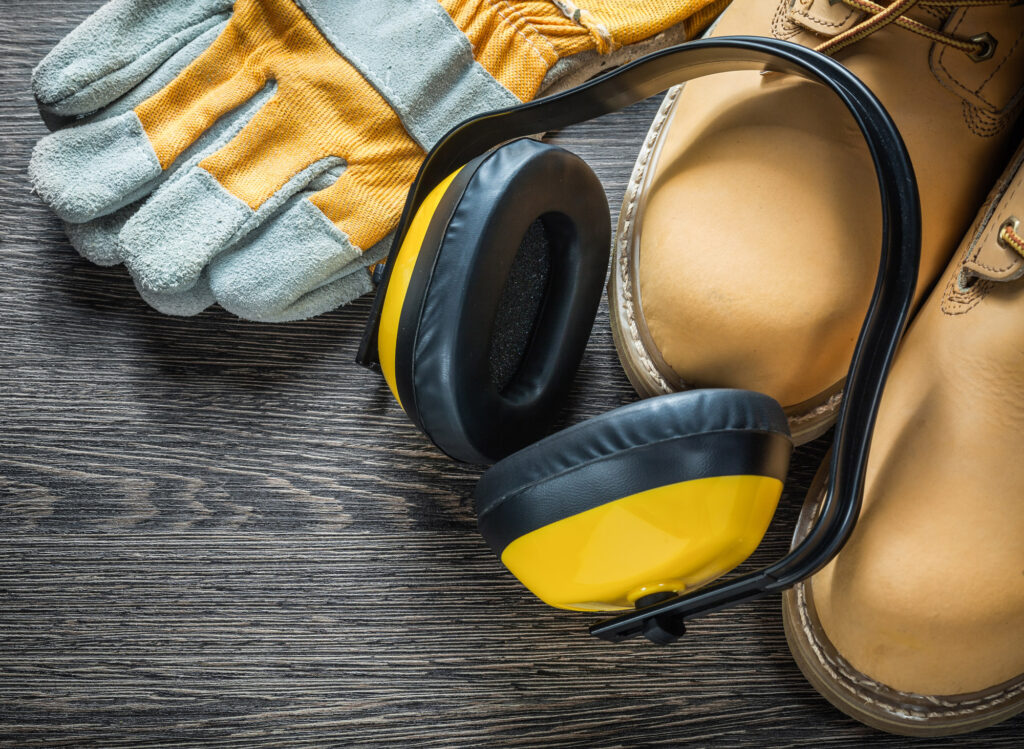
Over the last few years, many baby boomers have exited the workforce, creating a significant shortage of workers. Senior economists have stated that retirements are the single biggest factor contributing to the labor shortage in Canada. This has left many companies scrambling to find workers to replace those retiring.
Enter the young and new workers! This is excellent as they bring new ideas and talent to the workplace but can also be a challenge for employers to ensure their health and safety, especially in some of our more rugged work sites, including construction, transportation, and oilfield industries. Often, the work is hard, and hours are long resulting in a higher level of risk on these worksites.
What does this mean to you the employer? Simply put, companies need proper safety protocols and here are some key recommendations:
Training and Education
Risk Assessment and Management
Personal Protective Equipment (PPE)
Safety Culture
Regulatory Compliance
Your program is in place and your management team is engaged! You are on the right path to welcome young and new workers into your workforce and to keep them safe.
By implementing these safety protocols and fostering a strong safety culture you will be investing in your business future by providing a safe and inviting workplace to both current and perspective employees.